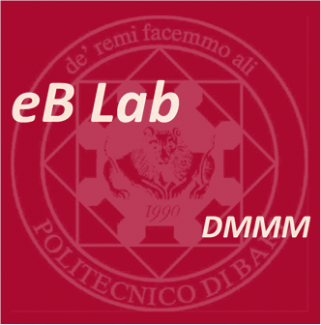eB Lab
The e-business laboratory research activities include four main streams: (1) design of Recommender
Systems models, (2) Customer Experience analysis, (3) models of Customer Analytics, (4) Social
TV consumer behavior analysis.
1. Recommender Systems (RS) are information systems that predict customers’ preferences
based on data pertaining their behavior and transactions, and suggest a list of products with the
highest preference score. One of the most important research activities is the measurement of
the business performance related to the behavior of customers interacting with these systems.
Among several RS models, context-aware models and profit-maximizing models have been
experimented. Several scientific papers on prominent international journals and conferences
have been published. The activities involve both PhD and undergraduate students.
2. The activities in the area of Customer Experience have developed multi-item marketing scales
for measuring the quality of customers’ experience. The perceptions of customers’ samples
are gathered through surveys. Surveys are designed after a set of interviews. The goal of the
analyses is to investigate the relationships between perceptions and marketing results through
statistical models. Most of the analyses have been conducted in retail banking and grocery.
The activities involve both PhD and undergraduate students. The results have been published
on international scientific papers.
3. Customer Analytics include the definition of customer behavior metrics and the application
of statistical and other mathematical models with the goal of defining appropriate marketing
actions. The activities carried out in the fashion and grocery industries, mainly involving
undergraduate students.
4. Social TV is the phenomenon involving TV audiences who use a second screen (typically
smartphone or tablet) while watching the TV screen. They use the second screen to interact
with broadcaster, brands placed in shows and, above all, other users. This phenomenon
occurs mainly in Twitter. It has raised huge interest both on the business and the research side
because it lets companies and researchers observe and investigate users’ behavior and defining
well targeted, effective, real-time marketing actions.
The first research activities were aimed at identifying the drivers of “online engagement”,
i.e., the reasons and factors that make people interact on the second screen during a show.
The engagement is measured by the number of tweet (of different types). Relationships and
correlations among online engagement and a show contents, including commercial breaks
and Twitter recalls, have been studied through statistical models. The research involves mainly
PhD students but also undergraduate students.
